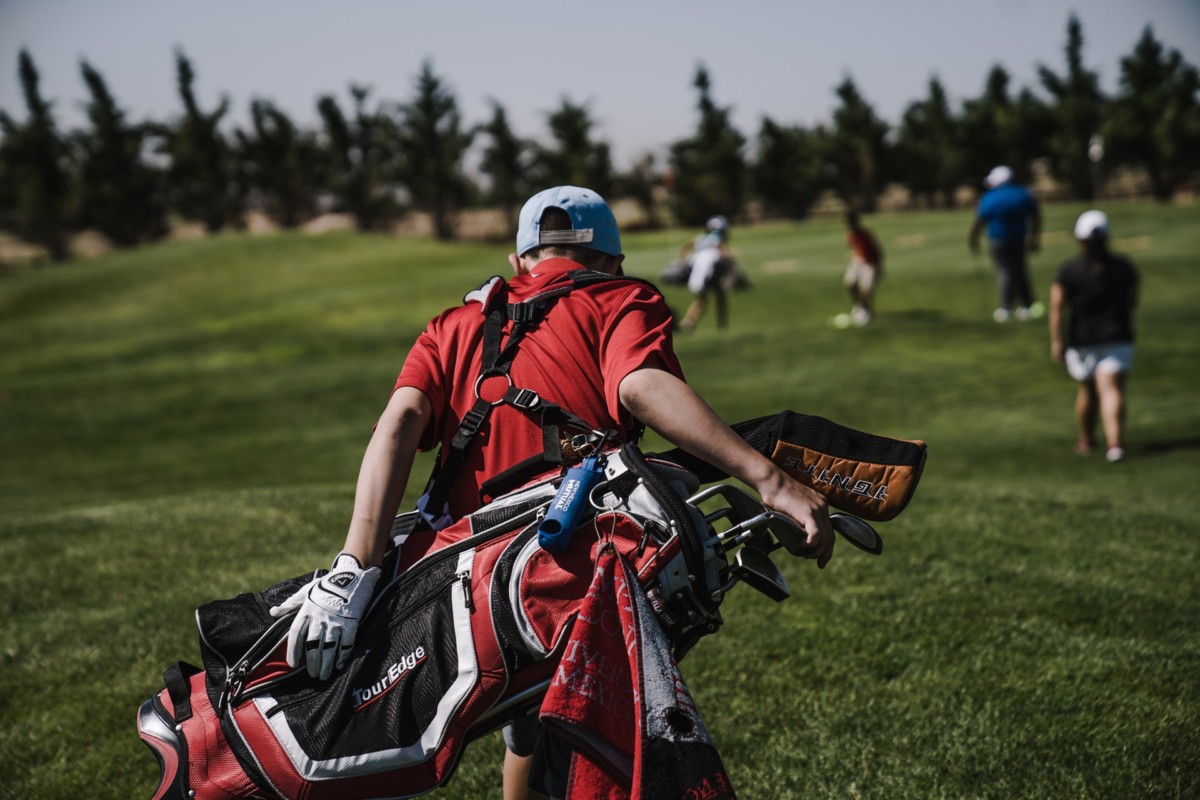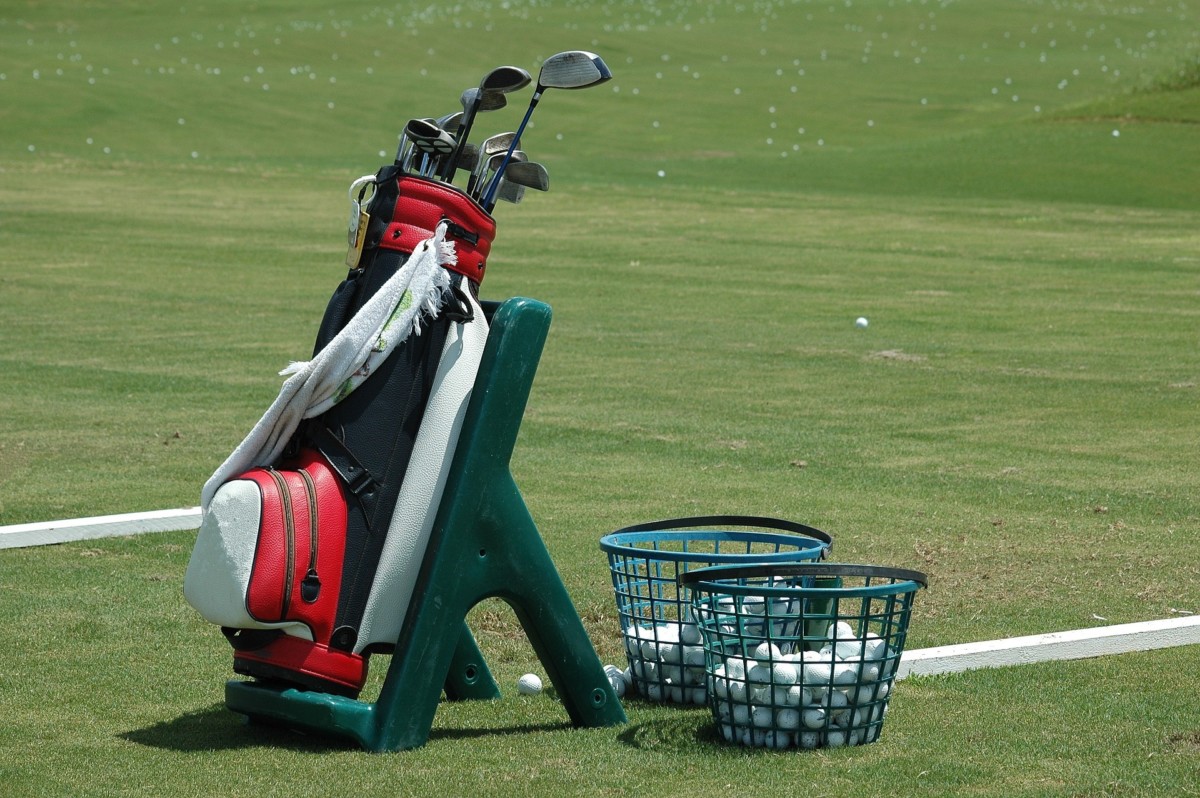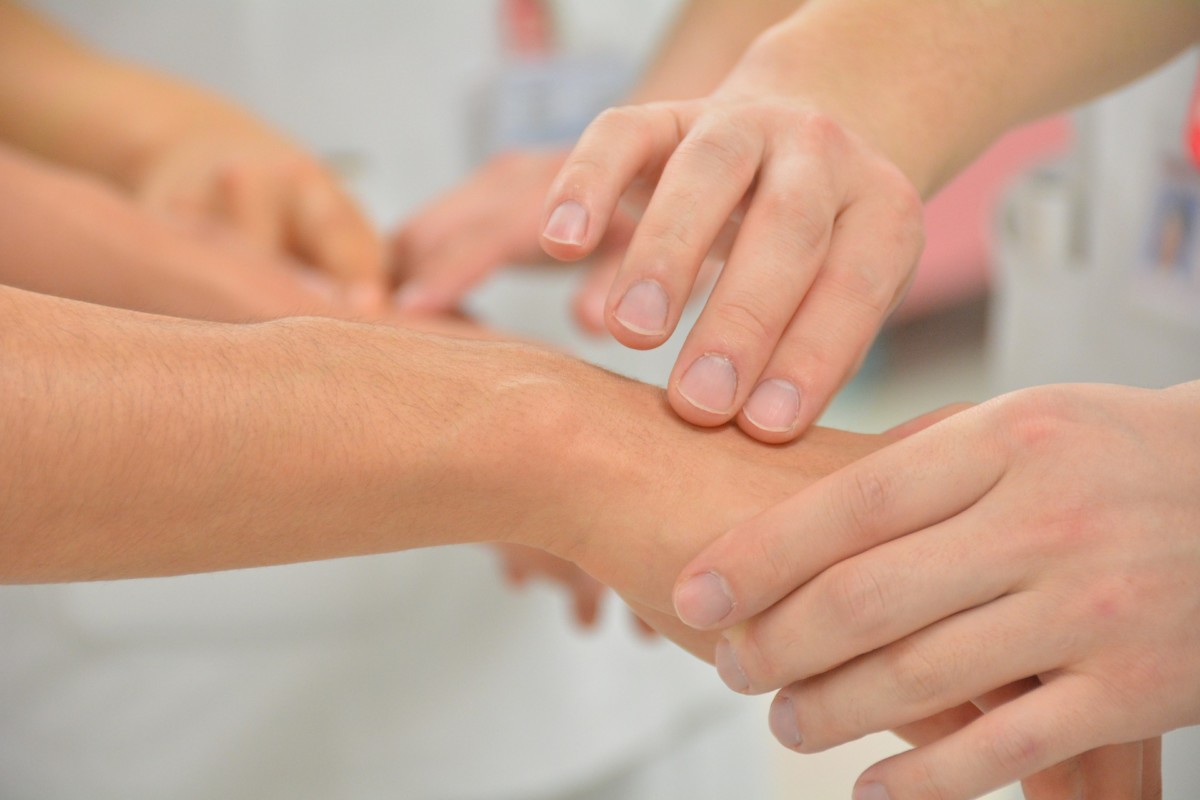Golf may seem like a safe sport, without the gruesome injuries of Rugby or the spectacular tumbles of Football, but many people suffer from cumulative injuries gained over time.
Injuries such as wrist tendonitis, hamate bone fractures and ligament injuries are commonplace in the sport, with many veteran players having their game suffer from these painful and debilitating injuries. These are caused through players not employing proper posture, weak muscles and a poor swing, but are also the result of the impacts and stresses of regularly playing.
For more information on the specific causes of these injuries and the prevention measures for them, check out our prior blog: Common golf injuries in the hand and wrist and how to prevent them.
What measures can you take to stop these injuries before they start?
Even with a regime of warming up, strength building and careful play, the stresses of repeatedly swinging and striking a golf ball will have an effect on the body, and you might not even realise it. Making some simple changes to your game can help to prevent these risks from manifesting as quickly (although we can’t promise they’ll prevent them forever).
Making some changes to your gear
Whilst you may be attached to your favourite irons they may not be your friends after all. Continually swinging a heavy shaft is likely to cause issues with your rotator cuff, and the increased momentum can put strain on your hands and wrists upon impact. A popular solution to this problem is to employ a graphite shaft. These lighter rods can reduce the felt impact and don’t carry as much momentum during the swing, potentially saving your wrists from the full force of a strike.
Golf equipment designer Tom Wishon, the founder of Tom Wishon Golf Technology, explains:
“Steel and graphite shafts are totally different in the manner in which they transfer the vibrations from impact up to the hands, which in turn affects the feel of the shot. Simply stated, some golfers prefer the more crisp, sharper feel of hitting the ball with steel shafts, while some prefer the softer, more dampened feel of graphite.”
Another recommendation we make is to stay on top of the maintenance of your equipment. Old and worn out gloves, combined with deteriorating grips can lead to players grasping their irons with unnecessary force. This strain can over time make a player more vulnerable to cumulative wrist injury and also throw off your game.
To combat this, make sure to regrip your clubs regularly, as the rubber will lose its elasticity and the leather will lose its moisture. The amount you play and also the environment you play in will have an effect on this deterioration, as laid out in these guidelines:
- High Humidity and Temperature – 4+ Games per week: Change every 6 months.
- High Humidity and Temperature – 1-3 Games per week: Change every 9 months.
- Temperate Climate – 4+ Games per week: Change every 12 months.
- Temperate Climate – 1-3 Games per week: Change every 18 months.
Using gloves is also an important part of maintaining grip in golf. Whilst some players may choose to go without they will often regrip their shafts at more frequent intervals to compensate for the loss of grip. If you are a glove user however, it is important to replace your gloves as they wear down and start to show signs of damage such as hole in the palms or fingers. Properly caring for your gloves is also important as gloves that have been soaked and dried repeatedly will become stiff and worn.
Finally for players who are already finding their wrists are showing signs of injury we recommend trying grips designed specifically for those with arthritis. These larger grips feature a wide diameter and more aggressive “nubbed” texture to foster a lighter grip pressure. Whilst you may not have arthritis, exerting lighter pressure on the club will reduce the shock transferred to your hands when striking a ball and may provide some respite for wrists and hands that have already suffered some damage.
How are you holding your clubs?
Another important aspect of preventing wrist injury whilst playing golf is to ensure that you are holding your club in a manner that provides the least strain. There are 3 common golf grips that are widely known and fundamentally sound that offer different levels of comfort for those suffering from a cumulative wrist injury.
The Vardon Overlap Grip
This is the staple grip popularised by Harry Vardon in the 20th Century. Odds are that this is the grip you currently use, as it offers a good blend of power and control and is the most common grip taught by golf instructors. Despite its popularity the Vardon may not be the ideal grip for a player suffering from, or worried about developing a wrist injury as it requires a firm grip that can add stress to the hands, whilst leaving the wrists unsupported and open to injury from a sudden shock.
Interlocking Grip
This grip is similar to the Vardon Grip but adds an extra element of support to the player’s hands. By locking the fingers together you reduce the need to grasp down onto your club, which can relax the hands whilst bracing the wrists to spread an impact evenly between them. For a player who is worried about a wrist injury this is likely to be the best compromise between comfort, power and control which are all important factors in maintaining joint health and staying at the top of your game.
Ten Finger / Baseball Grip
The “Baseball” grip is the least preferred by golf instructors as it offers little by way of control in lieu of power, but it is popular with players with arthritis. Because this grip is a more forgiving technique, it allows the hands and wrists more freedom and doesn’t require as strong of a grip to maintain. Whilst this may be more comfortable and is a viable option for more experienced players with wrist injuries, the less experienced may cause their injury to worsen. With the added power and reduced control, an inadvertent impact e.g a divot could be amplified and cause an incapacitating injury to the hands or wrist. For this reason we recommend avoiding this grip unless you are a seasoned player who has perfected their swing, but even they run the risk.
What other considerations are there?
You may be reading this article and thinking “I’m already doing these things” but still notice that your joints are becoming more painful. This may be the result of the game that you are playing more than how you are playing it.
Prolonged periods spent hitting from mats at a driving range is a common cause of serious wrist injury as these lanes are often constructed on a concrete base. A single accidental downward strike onto this solid surface can cause immediate and severe damage to your body, sending a jarring shock up through the hands and wrists. If you feel you are already developing pains in your joints then it would be wise to limit or avoid time spent on these hard surfaces wherever possible.
Another sensible solution for preventing wrist injuries would be to play “Tee-Golf” during your casual rounds. This variation of the sport allows players to tee-off every shot anywhere on the fairway or in the rough reducing the chance of causing a divot or striking a hard ground in winter. Whilst this may not be accepted as the “professional” version of the sport, replacing some casual games will help to reduce the mounting strain placed on a golfer’s wrists over a long period of time.
How to treat your golf injury
If you feel you have developed a serious injury then it is important to seek the medical advice of a professional. While the measures listed above will help to prevent these injuries, they will not be able to heal them, and carrying on playing with an undiagnosed issue could cost you more than just your handicap, it could cost you the ability to play at all.
Ladan Hajipour is a Consultant Orthopaedic Surgeon operating in the Manchester and Cheshire areas who specialises in all hand and complex wrist fractures alongside ligament damage and other soft tissue and degenerative hand and wrist disorders. You can learn more about Ladan Hajipour and her practise.
If you have any concerns about your hand and wrist health, contact Ladan Hajipour today.
Error: Contact form not found.



